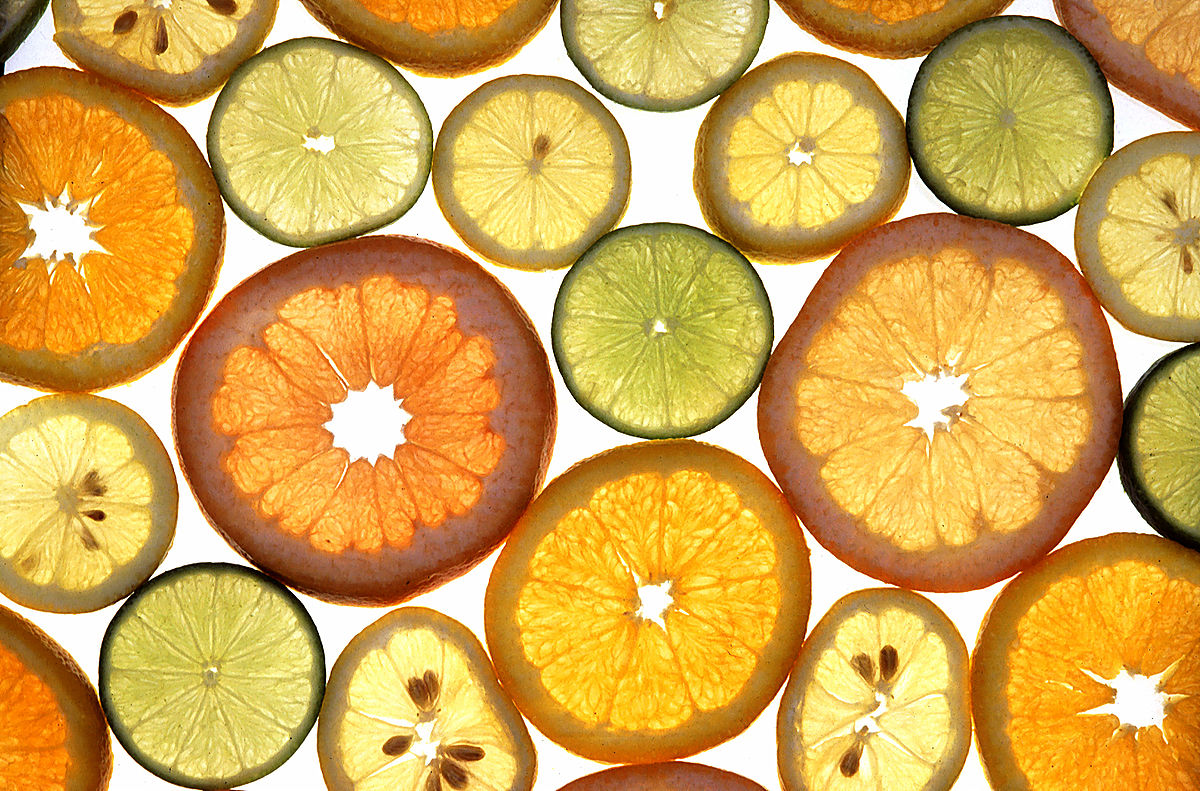Growing up, my siblings and I could always count on the fact that there would be an orange nestled in the bottom of each of our Christmas stockings. As a child, I ate it. As a teenager, I’m sure that I rolled my eyes at it and as an adult, I put one in each of my own children’s stockings. (I can still remember how indignant my son was the year we forgot to put one in his stocking.) This year, I’d like to keep the tradition going, but I am hoping for a different type of citrus. Instead of an orange at the bottom of my stocking, I’d love to have a citrus tree sitting next to it.
Fascination with and love for citrus trees goes back thousands of years. References to citrus appear in texts written before 800 BC. The Roman Empire saw dozens of varieties introduced from all over the world. Although many of those trees were lost, the Crusades later brought other new varieties back to Europe. Christopher Columbus is said to have brought citrus seeds to the New World on his second voyage. Those varieties later became commercial crops in Florida, Arizona and California. During the same time period, citrus, especially oranges, became the favorite of the European wealthy who grew them in structures called orangeries (orange houses) and limonaias (lemon houses). Many exotic types were collected and cultivated during the European Renaissance and are still being grown in gardens there.
Today we are also seeing a renewed interest in growing citrus. Their dark green glossy leaves, fragrant white flowers and edible fruit make them a welcome addition to the typical houseplant collection. And, since they are self-pollinators, you only need one plant to have a harvest of your own fresh fruit.
Although citrus is generally thought of as a warm season outdoor plant, there are varieties that are suitable for overwintering in containers indoors. As with most plants, certain conditions must be met for the plant to thrive and certain types are more suited to indoor cultivation.
It’s important to note that citrus is actually divided into two subgroups — sweet citrus and sour or acid citrus. Sweet citrus, which includes most oranges and tangerines, needs more light and heat to set and ripen fruit. Acid citrus, lemons and limes, needs much less light and heat, so can be grown more easily indoors.
Experts at the Missouri Botanical Garden and Master Gardener organizations all recommend selecting dwarf varieties for indoor container growing. (See below for a listing of recommended varieties.) Before purchasing, closely examine the trunk and leaves for signs of disease or insects. Avoid trees with yellowing leaves. To avoid disease problems later, make sure that Meyer Lemon trees are tagged as certified “Improved.”
In order to flourish, citrus trees grown indoors need to have a minimum of 8 to 10 hours of strong light. South facing windows are usually best. Consider adding a grow light if there isn’t sufficient natural light; most of the other houseplants will appreciate the extra light too!
Citrus also requires high humidity, usually 30 to 60%. Since most homes’ humidity levels average about 20%, additional humidity must be supplied. Humidifiers are the best option for the plant, but usually not for the house. Too much indoor humidity can lead to mold and mildew problems. Placing the tree in a humidity tray, which is simply a container partially filled with pebbles and water, and frequently misting the leaves can sufficiently raise the humidity in the immediate area around the plant without adding to problems throughout the house. Optimum temperatures range from 55 to 85 degrees Fahrenheit. A 5 to 10 degree difference between day and nighttime temperatures will promote flowering.
All citrus, regardless of sweet or sour, need a slightly acidic soil mixture. It must be loose and extremely well-drained. Some garden centers sell mediums specifically mixed for citrus, but they are not absolutely necessary. Soil mixtures can be amended with inorganic matter to improve drainage.
A two to three-year-old tree needs a deep 10 to 14 inch diameter pot; larger pots make it more difficult to control the moisture level. A thorough watering when the top two to three inches of potting mixture feels dry is usually preferred. Clay pots, because of their porousness, help prevent root rot, which will quickly kill a citrus plan.
Citrus need frequent fertilization. They not only require a high nitrogen fertilizer, but they also need calcium, potassium silicate and other minerals to grow, flower and produce fruit. An easy way to supply slow release calcium is to add dried, crushed eggs shells to the soil while potassium silicate is available as a liquid which can be mixed with water.
There are a few pests that plague indoor citrus trees. Spider mites, scale and aphids are the most commonly seen in the Midwest regions. Insecticidal soap can be effective in controlling each of them, although removing infected leaves and branches can also be helpful in stopping their spread.
Giving oranges as a gift has been a treasured Christmas tradition for many years. Wouldn’t it be wonderful to turn that one time gesture into a gift that keeps giving all year long? Give the gift of a citrus tree — you will definitely share in the harvest!

Varieties Suited to Indoor Cultivation
- Meyer Lemon “Improved” – small, few thorns, productive
- Tahitian (Persian) Lime – thornless, vigorous growth, white flowers with purple tinge
- Key (Mexican) Lime – small fruit, mildly fragrant flowers
- Kaffir Lime – small, bumpy fruit, thorns, leaves used as spice in Thai food
- Kumquat – tart orange fruit, flowers smell like sandlewood
- Mandarin (Satsuma) Orange – tangerine with fragrant flowers; requires less heat for fruit to ripen







